
News Summary
- In his first interview post-2024 Lok Sabha win, Amit Shah emphasized the benefits of ‘One Nation, One Election.’
- Shah dismissed concerns about the move undermining federalism, pointing to election history as proof of fairness.
- He highlighted that simultaneous elections in 2014 and 2019 did not ensure BJP’s success in Odisha.
What Makes ‘One Nation, One Election’ Controversial?
Union Home Minister Amit Shah presented a strong case for ‘One Nation, One Election’ during the Agenda Aaj Tak event, arguing that simultaneous elections could streamline governance and save resources. The proposal aims to align Assembly and General Elections across India, which Shah believes would eliminate frequent disruptions caused by year-round election schedules.
However, the idea has sparked concerns over federalism, with critics suggesting it could dilute the autonomy of individual states. Shah countered this by sharing examples from past elections, particularly in Odisha, where BJP couldn’t dominate despite concurrent voting in 2014 and 2019. He argued this demonstrates the system doesn’t inherently favor one party.
Is India Ready for Such a Massive Overhaul?
‘One Nation, One Election’ poses logistical challenges, requiring significant constitutional amendments and electoral preparations. Experts question if it aligns with India’s diverse socio-political fabric. Critics worry it might centralize power, reducing the independent voice of regional parties.
Yet, Shah’s pitch highlights its potential advantages, such as reducing election expenses and creating uninterrupted development cycles by ending frequent election-driven pauses. But can a single election cycle work effectively across a vast and diverse nation like India?
Conclusion
Amit Shah’s advocacy for simultaneous elections revives a debate that strikes at the core of India’s democratic and federal structure. While it promises efficiency and cost-saving, the implications for India’s regional politics and governance autonomy remain contentious. Will India embrace the shift, or is it a vision ahead of its time?

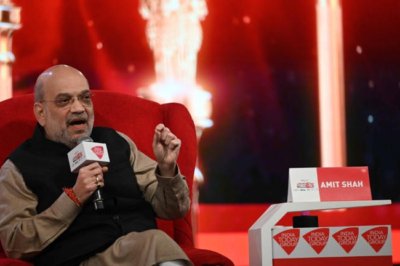








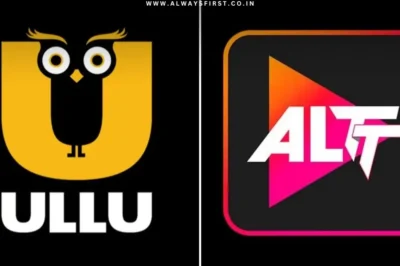





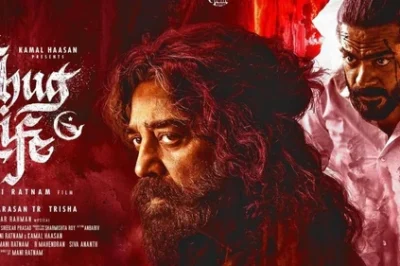

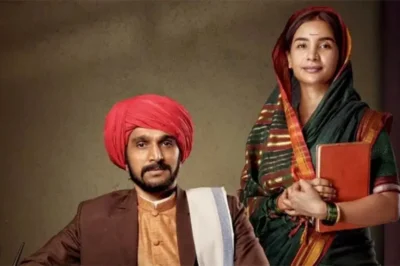











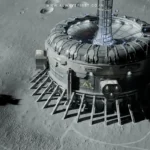




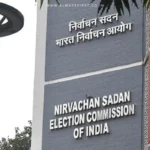





Leave a Reply